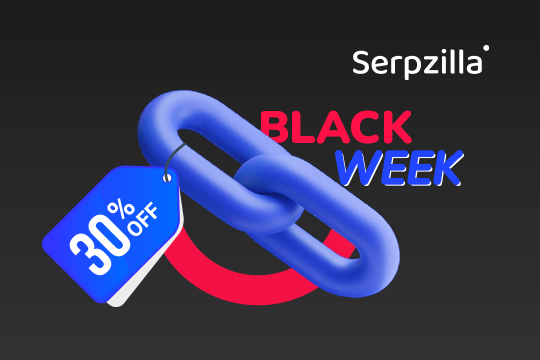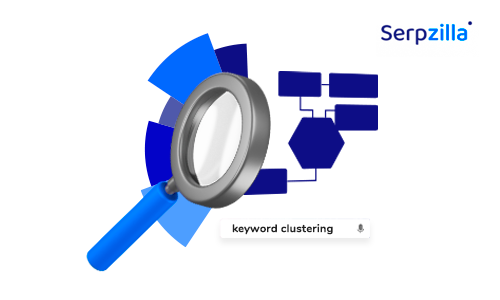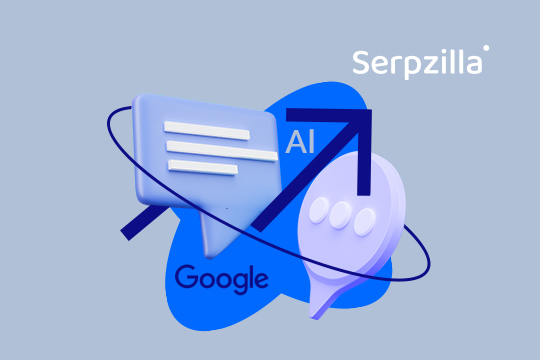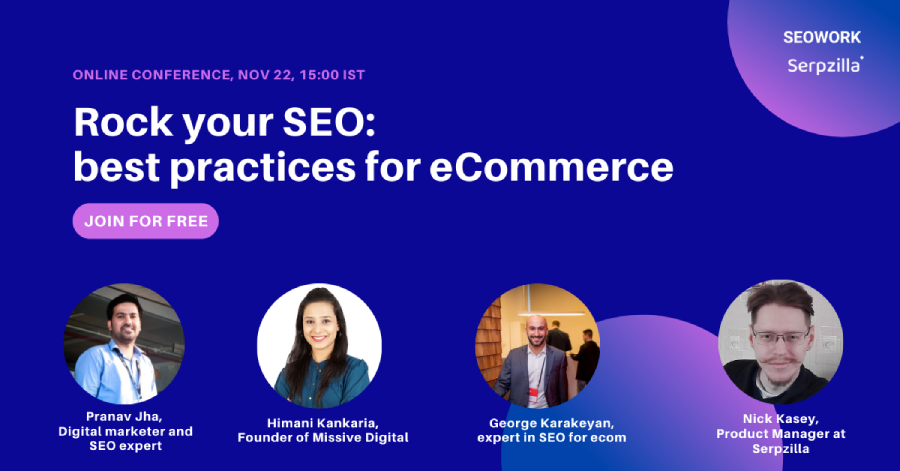“High-quality content” is an old and much talked about concept in SEO. For more than a decade, Google has done a lot to promote useful, relevant and timely content in its search results while penalizing and devaluing thin and copied content.
From 2011 to 2015, Google launched various iterations of its Panda update and finally incorporated it into the main search algorithm. They then created the E-A-T (Expertise, Authoritativeness, Trustworthiness) framework – which is now E-E-A-T (Experience added) – as a guideline to assess the quality of the pages they wanted to rank.
But all this was probably not enough as companies flooded the web with tons of content about their industry in an attempt to show EEAT and rank higher for their keywords. In August 2022, Google released the helpful content update. In their own words, the purpose of this update is “to ensure people see more original, helpful content written by people, for people, in search results.”
What does that even mean? And how does it affect your content marketing ROI?
Let me explain…
How Does the Helpful Content Update Work?
The first edition of the HCU hit on August 25, 2022 and completed rolling out 15 days later. It enabled Google to automatically identify low-quality content that didn’t meet the searcher’s intent or provided little value to them. Websites that had high amounts of such unhelpful content would be downgraded and pushed down in the search results – to the extent that even their actually helpful content is not likely to perform well.
The helpful content system is a “ranking system” that looks at usefulness of content as a “signal” and decides whether or not a URL qualifies to be in the search results for a given query, based on real-time analysis. Whenever Google rolls out an update to this system, the signal is regenerated.
Once a site is classified as having unhelpful content, it is marked as such for several months. However, Googlebot continuously monitors these sites during this period. If it consistently finds that all the unhelpful content has been removed and not republished, then the signal is removed from that site.
So, if you are affected by this update, it could be a few months before you recover from its impact.
However, this might not hold in all cases. If you update/remove pages with thin content, you might get lucky because the system is continually running. Google keeps making incremental updates to the classifier and so, you might not have to wait until the next update. Here’s what Google’s Danny Sullivan said:
I expect if we make really significant changes to how our classifier works, we’d give notice about that. But more incremental improvements might happen as part of ordinary operation. And it’s very much not a case, as our post tried to explain, of “wait until the next update”….
— Danny Sullivan (@dannysullivan) August 31, 2022
To summarize the salient features of the helpful content system:
- It is a site-wide signal. All pages of a website are affected by some pages of the website.
- It is fully automated using a machine learning (ML) model. It is not a manual penalty or spam action.
- Your good content might still rank if there are no other pages on the web that come close to it in quality and relevance.
- The signal is weighted. This means the more unhelpful content a site has, the more it will be devalued and pushed down.
- Currently, the helpful content system only affects English searches but Google plans to expand it to other languages in future.
- Google will continue to improve how it detects and classifies content as “unhelpful.”
Do – Create Content for People
Google says that
The helpful content update aims to better reward content where visitors feel they’ve had a satisfying experience, while content that doesn’t meet a visitor’s expectations won’t perform as well.
The solution is to create “people-first” content, keeping in mind Google’s “by the people” directive. How do you do that?
Well, Google has been kind enough to give us a list of questions to ask yourself before you create content:
- Do you have an existing or intended audience for your business or site that would find the content useful if they came directly to you?
- Does your content clearly demonstrate first-hand expertise and depth of knowledge (for example, expertise that comes from having actually used a product or service, or visiting a place)?
- Will someone leave feeling they’ve learned enough about a topic to help achieve their goal after reading your content?
- Will someone feel like they’ve had a satisfying experience after reading your content?
- Are you keeping in mind Google’s guidance for core updates and product reviews?
Not a very big ask, is it?
Don’t – Create Content for Search Engines
Since time immemorial, Google has been advising us to chase users instead of the algorithm. When you create content for the bots, it is obvious to readers that something is amiss – the keyword stuffing, sentence creation and repetition of concepts is clearly unhelpful to them.
So, Google suggests you create content “for the people” instead of their algorithm. Again, they’ve given a list of questions to ask yourself – if the answer to these is Yes, you need to redo your content and perhaps rethink your content creation strategy and processes.
- Are you producing lots of content on different topics in hopes that some of it might perform well in search results?
- Are you using extensive automation to produce content on many topics?
- Are you summarizing or rehashing what others have published without adding much value?
- Are you writing about things simply because they seem trending and not because you’d write about them otherwise for your existing audience?
- Does your content leave readers feeling like they need to search again to get better information from other sources?
- Are you writing to a particular word count because you’ve heard or read that Google has a preferred word count?
- Did you decide to enter some niche topic area without any real expertise, mainly because you thought you’ll get search traffic?
- Does your content promise to answer a question that actually has no answer, such as suggesting there’s a release date for a product or movie when one isn’t confirmed?
Yes, they’re holding up a mirror to you.
The Future of the Helpful Content System
As Google has repeatedly said, if you have good, original content aimed at solving your users’ problems and helping them find the information they’re looking for, then you’re generally fine, as long as your technical SEO is reasonably good.
Not very long ago, the official account of Google Search Liaison tweeted this:
We’re also improving how we rank results in Search overall. Helpful information can often live in unexpected or hard-to-find places: a comment in a forum thread, a post on a little-known blog, or an article with unique expertise on a topic. Our helpful content ranking system will…
— Google SearchLiaison (@searchliaison) May 10, 2023
That means the helpful content system will take on the dual tasks of demoting unhelpful content and promoting what Google calls “hidden gems” – helpful nuggets of content from forums, blogs or social media profiles that are not necessarily well-known. This will work in conjunction with Google’s upcoming Perspectives filter for search results.
All said and done, exciting times ahead!









